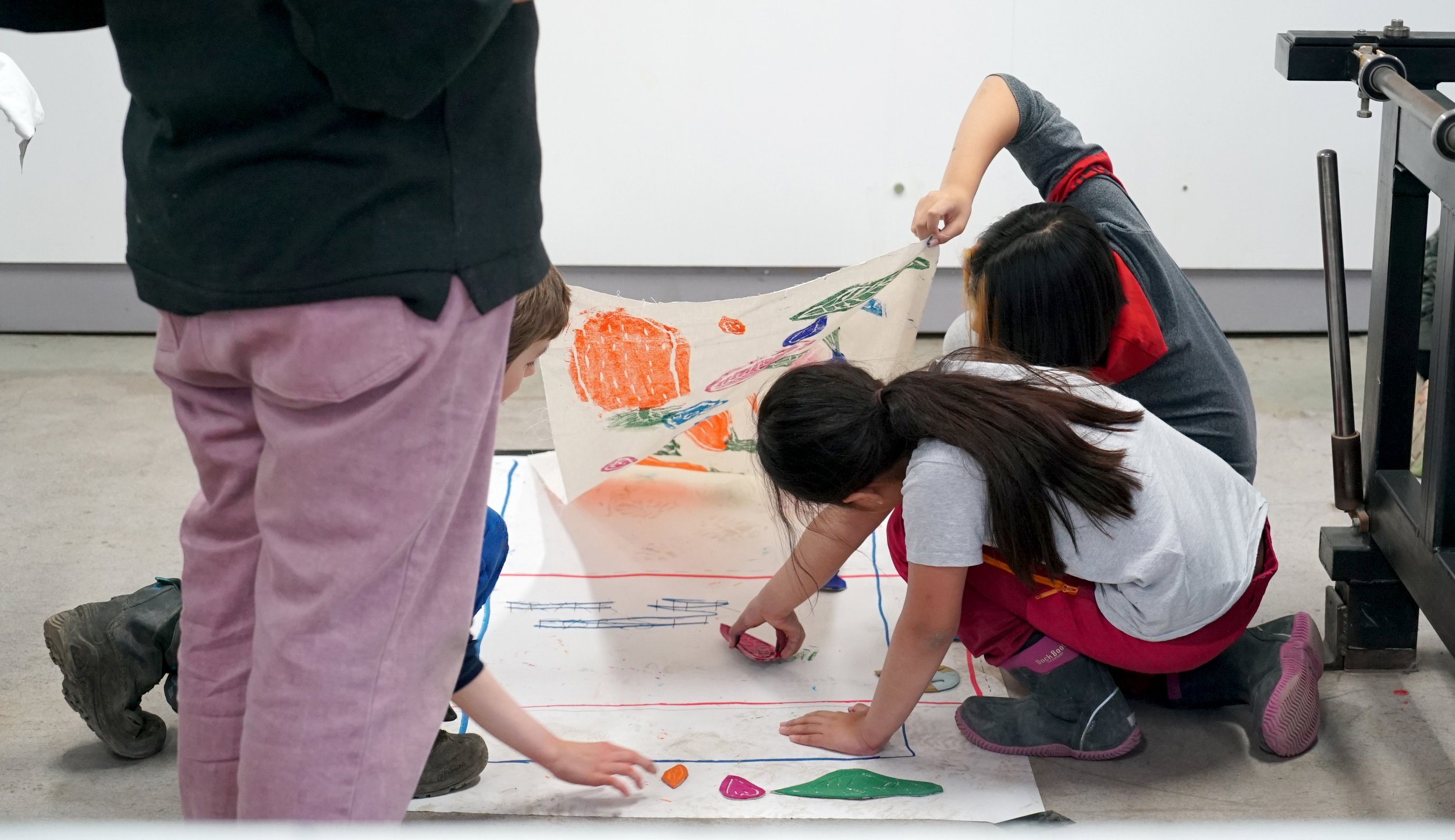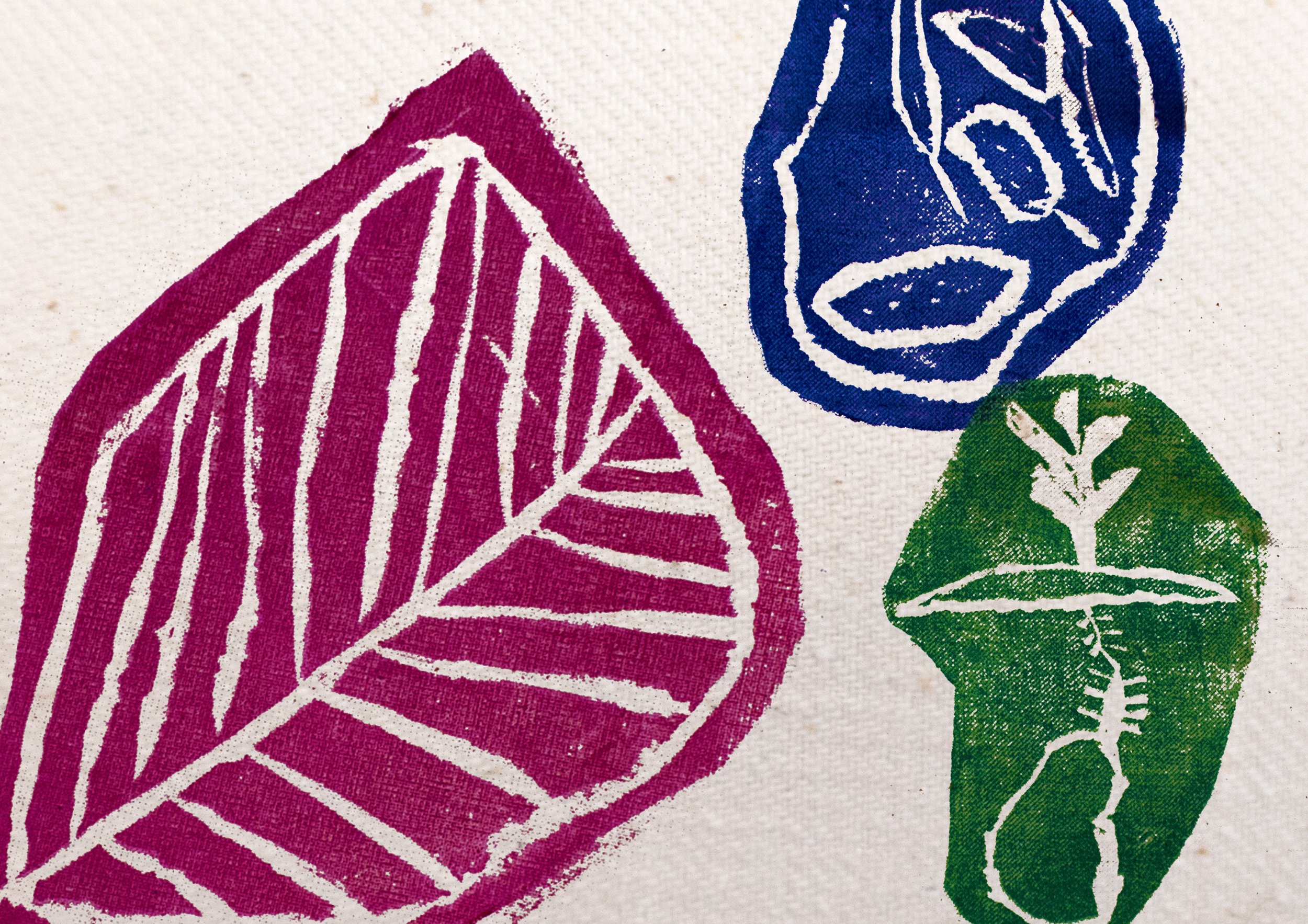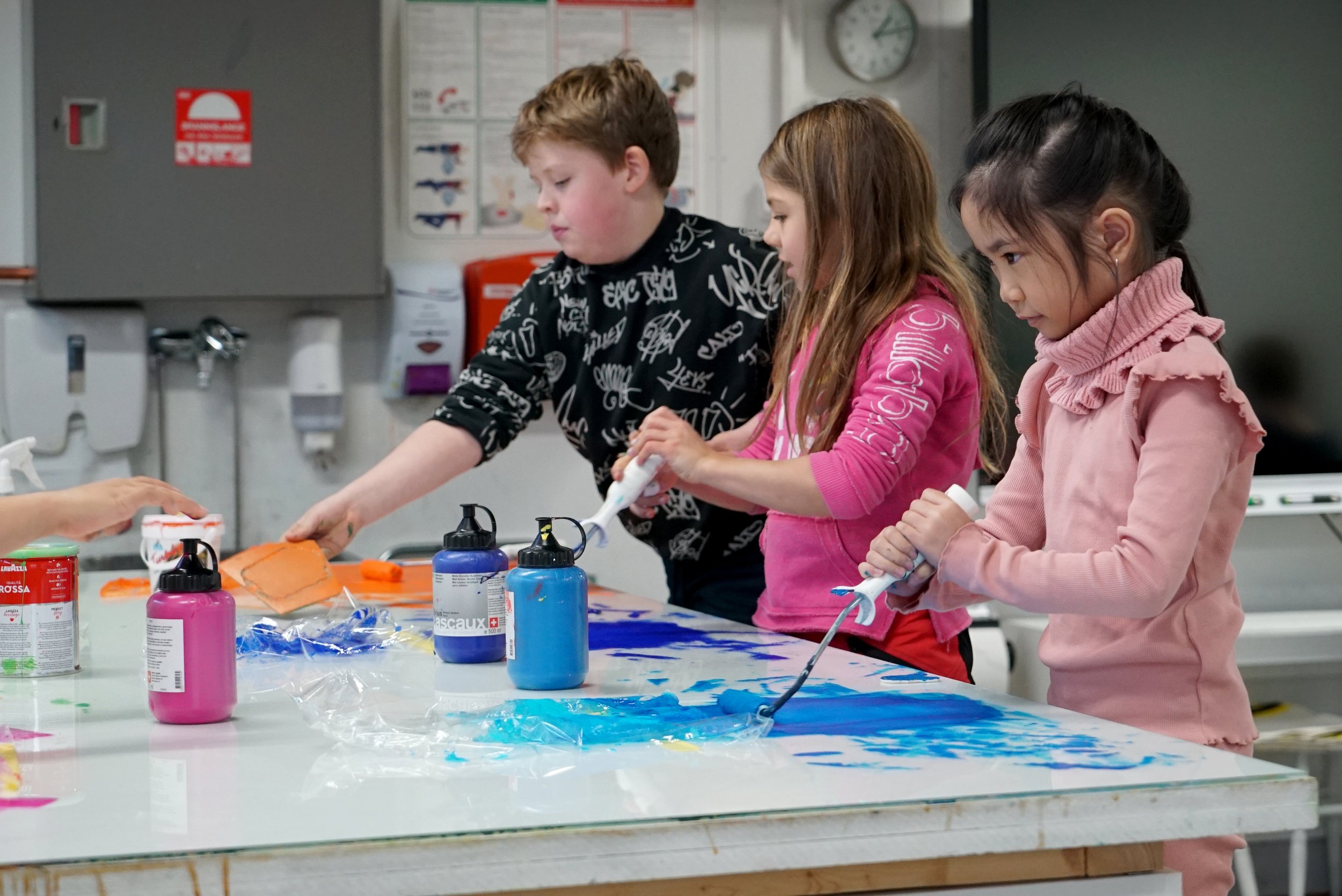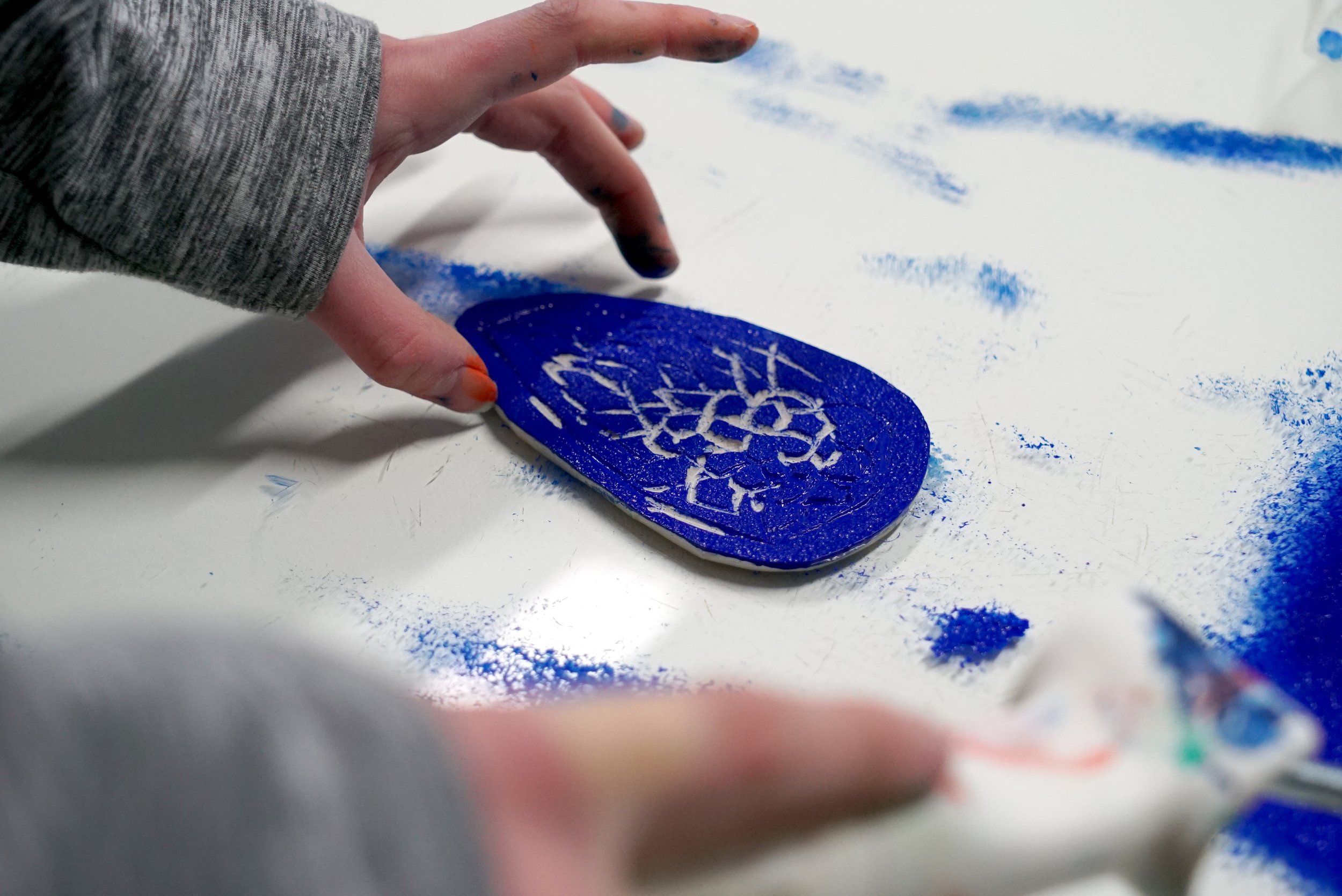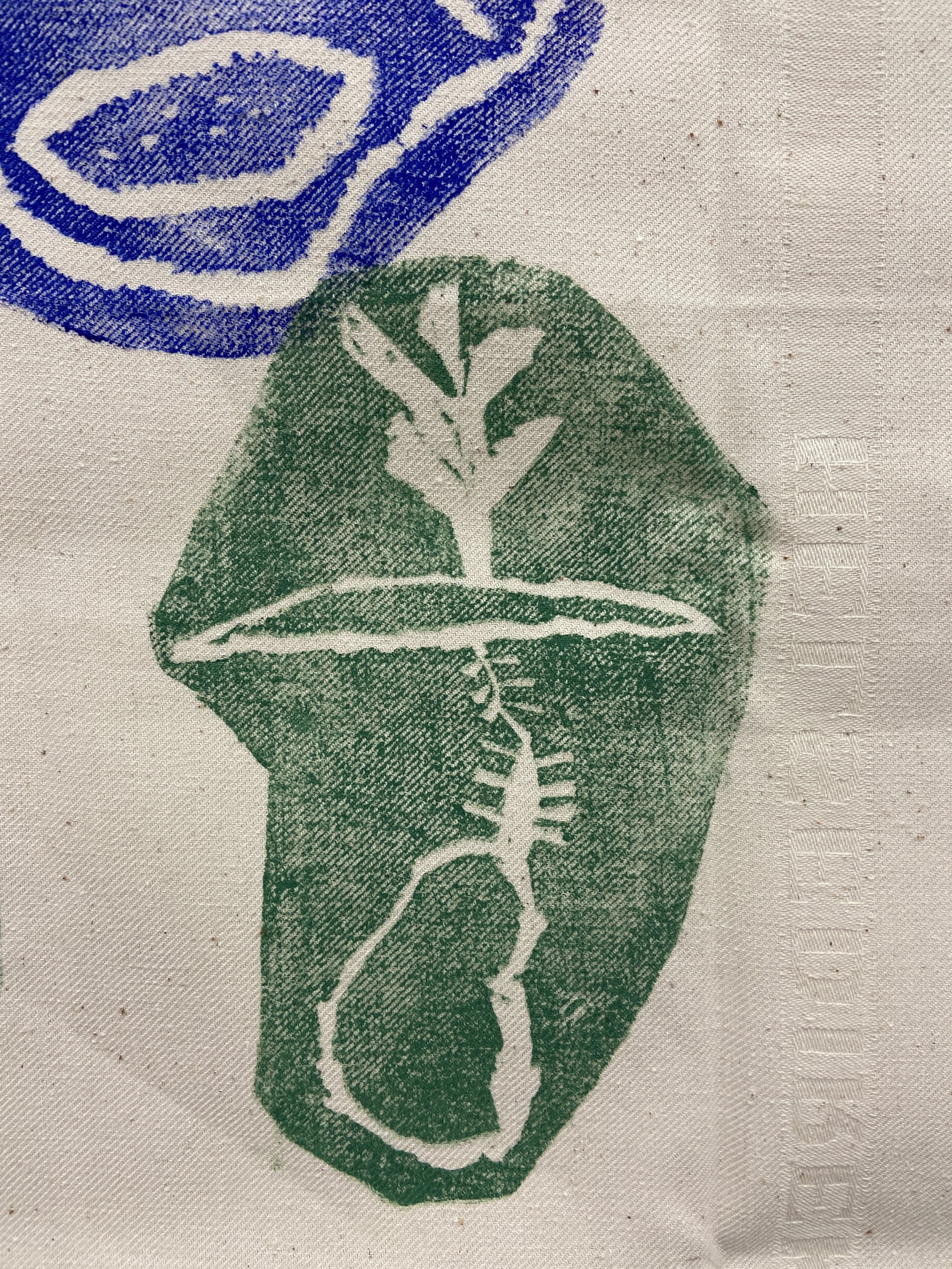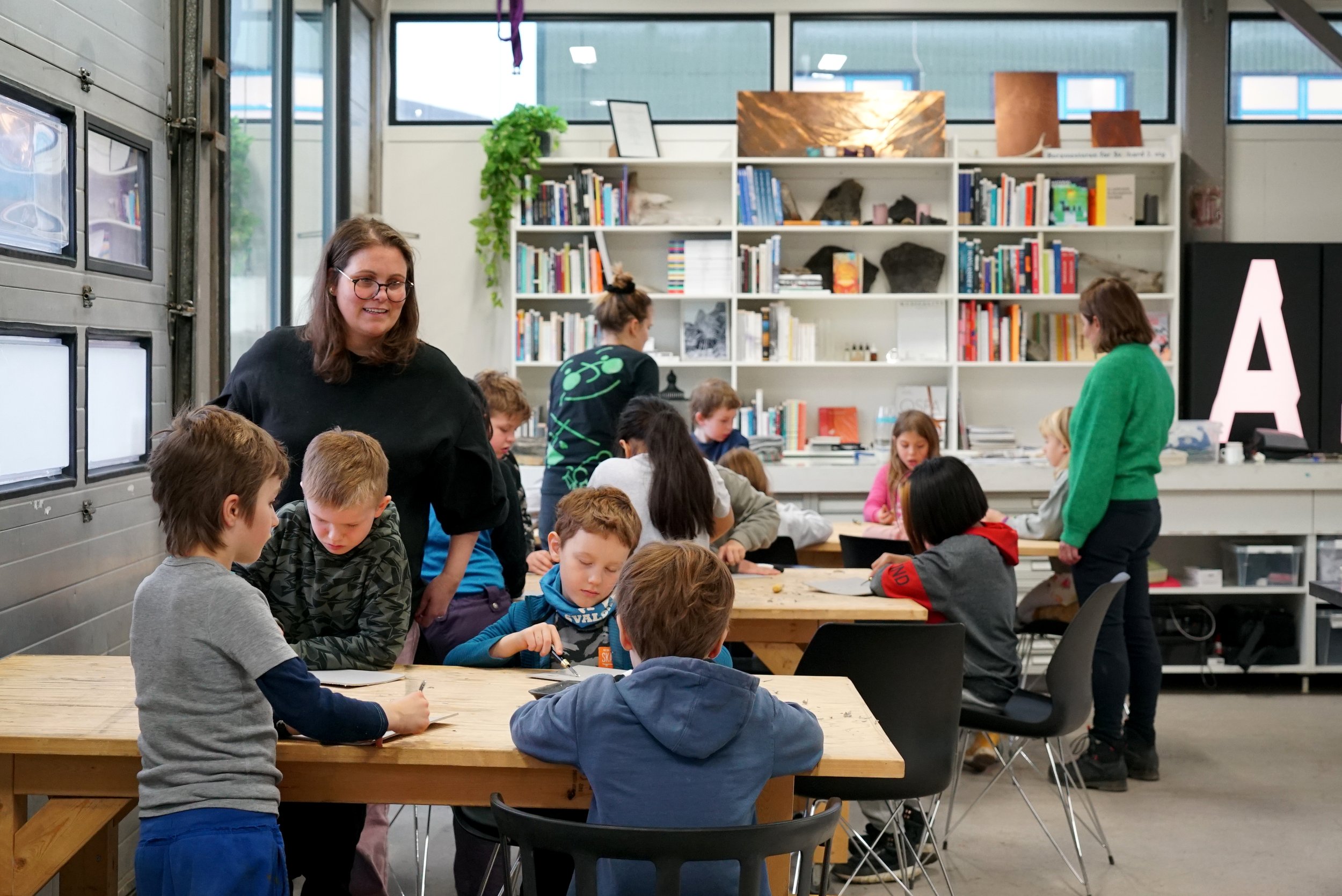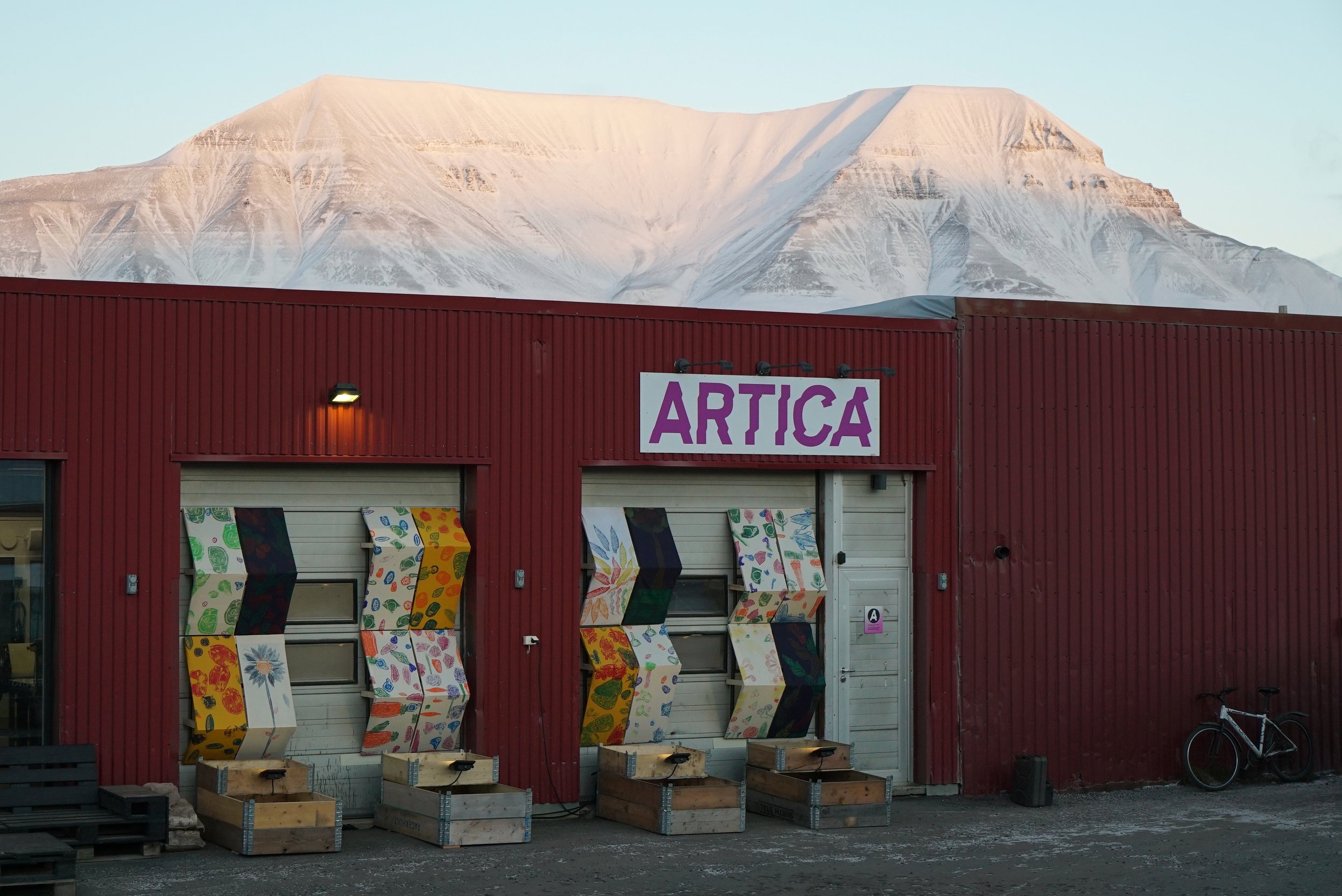Future Community Garden
Living on Svalbard means being part of a small community, high up in the Arctic, where the effects of global warming are visible all year round. Local residents have learnt to walk around the vulnerable nature in ways that protect it; that is how we take care of the mosses, the lichen and plants that are growing low to the ground. But what will Svalbard look like in the future? How will our surrounding landscape change? How can we relate to the nature around us and take care of it?
FUTURE COMMUNITY GARDEN is part of a larger three stage project commissioned by the Nordic Alliance of Artists' Residencies on Climate Action (NAARCA) and is taking place in Svalbard, Scotland, Iceland and Denmark throughout October. The longterm aim of this project is to create, from an art educational point of view, tools for climate change education that are integrated into daily teaching programs, and that are interdisciplinary, creative, informative and empowering. The Longyearbyen project is conceived and hosted by artist Floortje Zonneveld.
Art has the power to create wonder, open-up dialog and to provoke conversations. For the Longyearbyen project, we offered the local schoolchildren from third and fourth grade alongside the community the chance to make prints in response to questions about biodiversity and the future of the surrounding nature. Together, we wanted the artwork to discuss the climate crises without judgement, by opening a conversation with an ironic statement - what might grow on Svalbard in future? With Hiorthhamn as a backdrop, you can experience the colourful plant life designed by the children and families that remind us of the warmer places in the world and we invite you to think about how Svalbard’s unique nature is transitioning and being challenged due to climate change.
Longyearbyen History: Gartneriet på 70 degrees Nord
Svalbard had a very interesting history regarding taking care of nature and different perspectives have grown and changed over the decades (and still do). In the 1970’s there were greenhouses in Longyearbyen - ‘to grow a few extra vegetables and flowers’ during a time when there were no regular flights. According to some of the Longyearbyen inhabitants at that time, a lot of people came to the greenhouses just to smell “summer” and to see the flowers. In the 1980’s / 1990’s c. the local council took part in a project to make Longyearbyen ‘more green’, by sowing grass seeds in town. Inhabitants had mixed feelings about this also, from people who wanted ‘things to look nice’ (greener) to leaving things alone - ‘nature must do this itself’. Now the Svalbardmiljøloven (2002) asks us to protect nature by not importing seeds or new species by design or accident.
Even with Svalbard’s stunning scenery and surrounding nature, we might sometimes daydream of plants, trees and fresh vegetables. Svalbard is warming up and we could grow other plants, other kind of nature, what would that look like? And if we see this ‘unwanted’ imaginary of a warmed up Svalbard, how does that make you feel?
Greenhouse in Longyearbyen (Image source: Gamle Svalbard Facebook group)
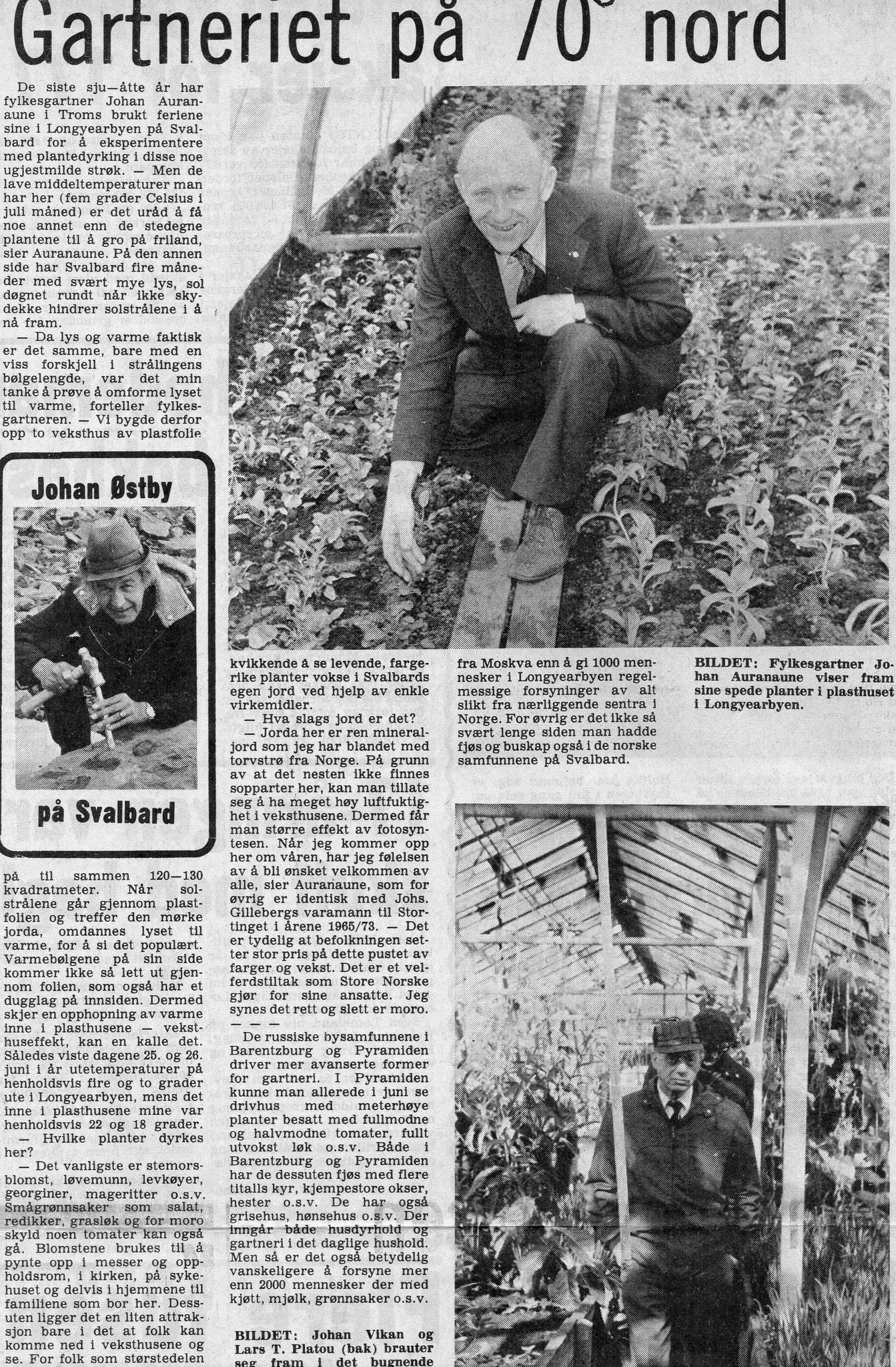
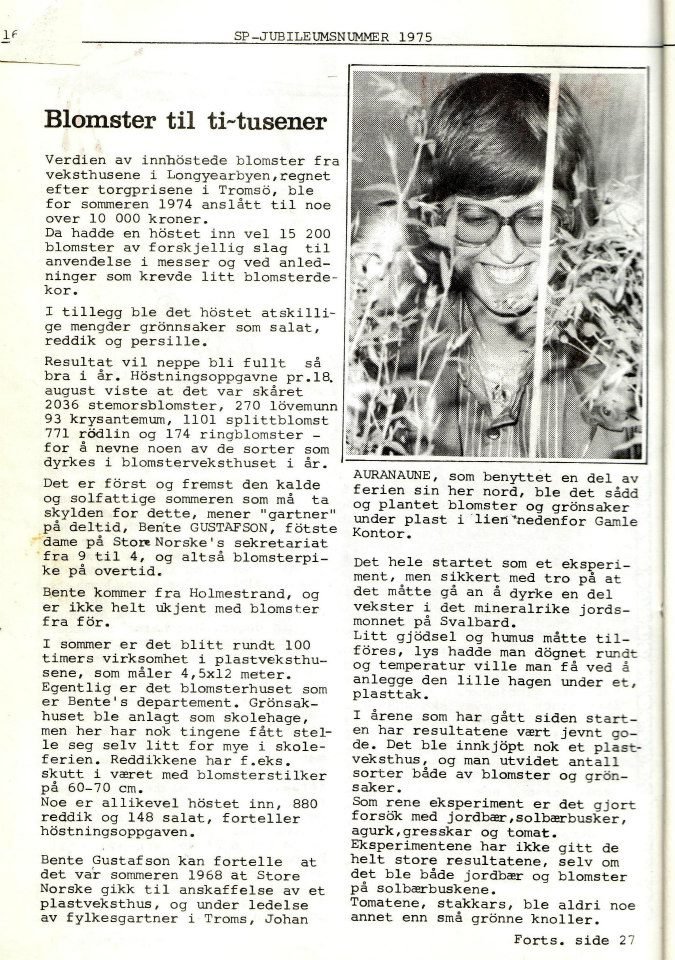
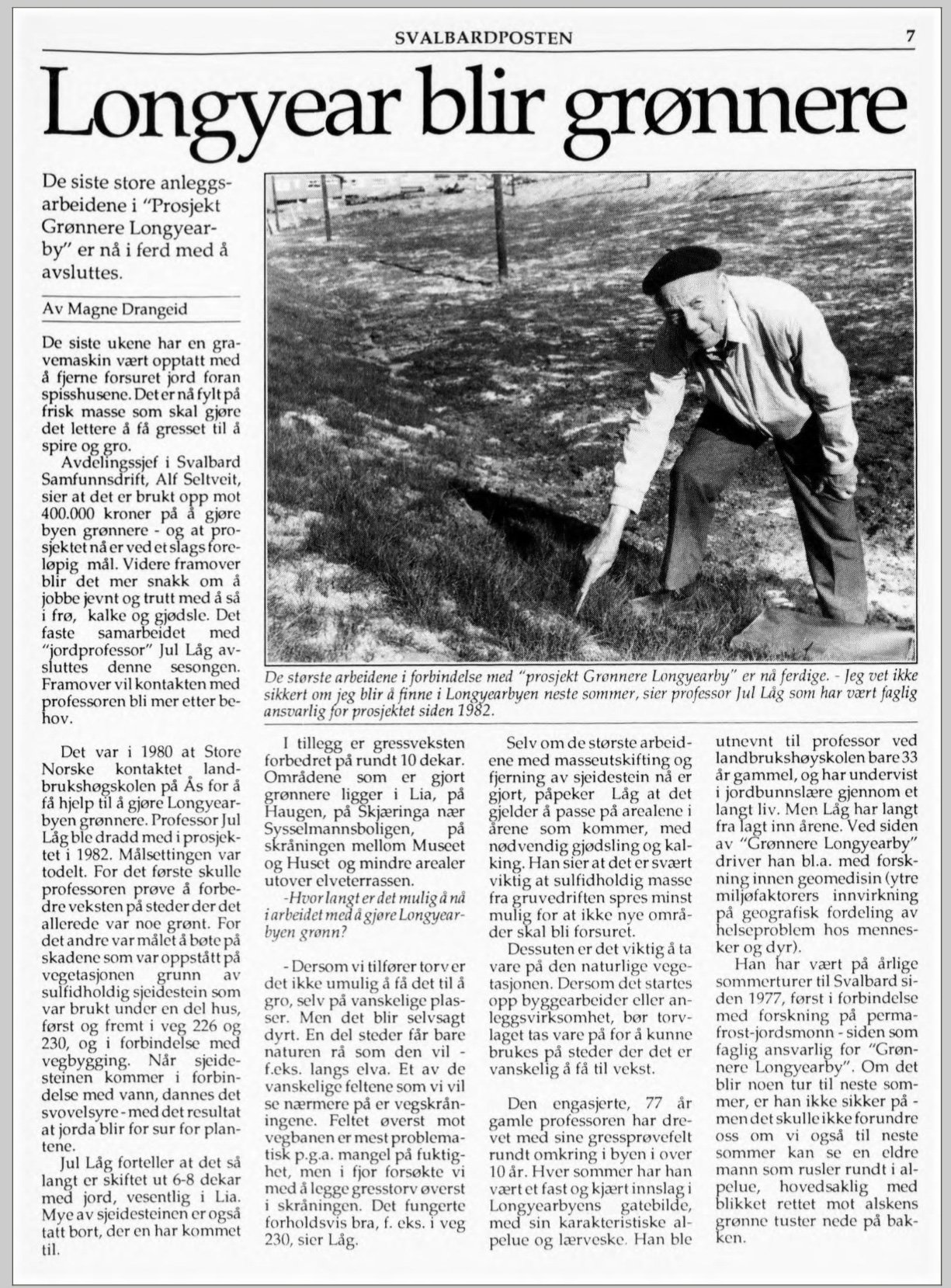
Image 1: Gartneriet Svalbard i en avis på fastlandet (date unknown), Image 2: SvalbardPosten, Blomster (1975), Image 3: SvalbardPosten, Longyearbyen Blir Grønnere (1982)
FUTURE COMMUNITY GARDEN is a situational hyperbole. (A hyperbole is an overstatement of an idea. It is a rhetorical device or figure of speech used to evoke strong feelings or create a strong impression. A hyperbole is an obvious and intentional exaggeration not intended to be taken literally.) It is a way to deal with the complexity of the climate-crisis and to (wrongly) simplify what is happening. The project visualises what happens if you take only one fact from a complex situation (the warming up of Svalbard) and wonder how this can be turned into something good or favourable, something imaginary (resulting into a false outcome). The installation is a playful way to open up for discussion and exchange of idea’s, and a metaphor for a community garden that can unite and grow a stronger town.
We’d like to thank all the children, teachers and families involved in making this art installation. We have used recycled materials found in Longyearbyen to make the artwork, which will be looked after by the school when the public viewing ends. FUTURE COMMUNITY GARDEN was conceived and hosted by artist Floortje Zonneveld.

